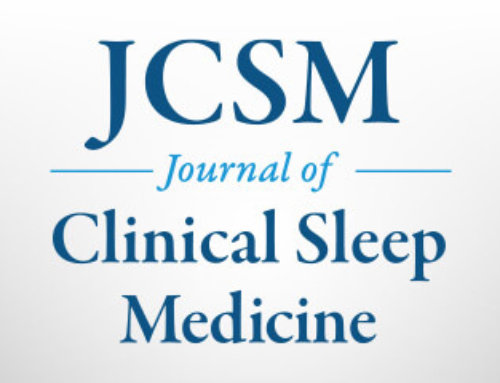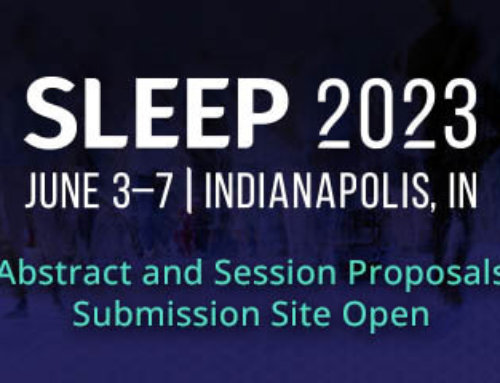WESTCHESTER, Ill. —The International Classification of Sleep Disorders-2nd Edition (ICSD-2), a diagnostic and coding manual written and published by the American Academy of Sleep Medicine (AASM), is a proven effective method of classifying narcolepsy with cataplexy, according to a study published in the November 1 issue of the journal SLEEP.
The study, conducted by Emmanuel Mignot, MD, PhD, of Stanford University, and colleagues at Catholic University of Korea in Suwon, focused on 163 patients with unexplained sleepiness, who underwent polysomnography and a multiple sleep latency test. (MSLT). The gold standard for diagnosis was ICSD-2. Also included in the study were 282 controls recruited at St. Vincent’s Hospital, Korea.
The results showed that ICSD-2 was effective for classifying narcolepsy with cataplexy in 80 percent of patients. The remaining percentage of patients who could not be classified were without cataplexy, a condition characterized by a sudden weakness in a person’s leg, arm or face muscles and is normally caused by strong emotions.
“A major finding of the study is that many patients with narcolepsy do not have just narcolepsy, but often have other associated sleep problems, such as disturbed nocturnal sleep or sleep apnea,” said Mignot. “This makes the MSLT difficult to interpret, and is especially problematic in cases without typical, clear-cut cataplexy.”
Narcolepsy is a sleep disorder that causes people to fall asleep uncontrollably during the day. It also includes features of dreaming that occur while awake. Other common symptoms include sleep paralysis, hallucinations and cataplexy.
Since its introduction in 1990, the ICSD has gained wide acceptance as a tool for clinical practice and research in sleep disorders medicine.
Those suspecting they might have narcolepsy, or another sleep disorder, are encouraged to make an appointment with a specialist at a sleep facility accredited by the AASM.
SLEEP is the official journal of the Associated Professional Sleep Societies, LLC, a joint venture of the AASM and the Sleep Research Society.
SleepEducation.org, a website maintained by the AASM, provides information about the various sleep disorders that exist, the forms of treatment available, recent news on the topic of sleep, sleep studies that have been conducted and a listing of sleep facilities.
To arrange an interview with an AASM spokesperson regarding this study, please contact Jim Arcuri, public relations coordinator, at (708) 492-0930, ext. 9317, or jarcuri@aasm.org.








